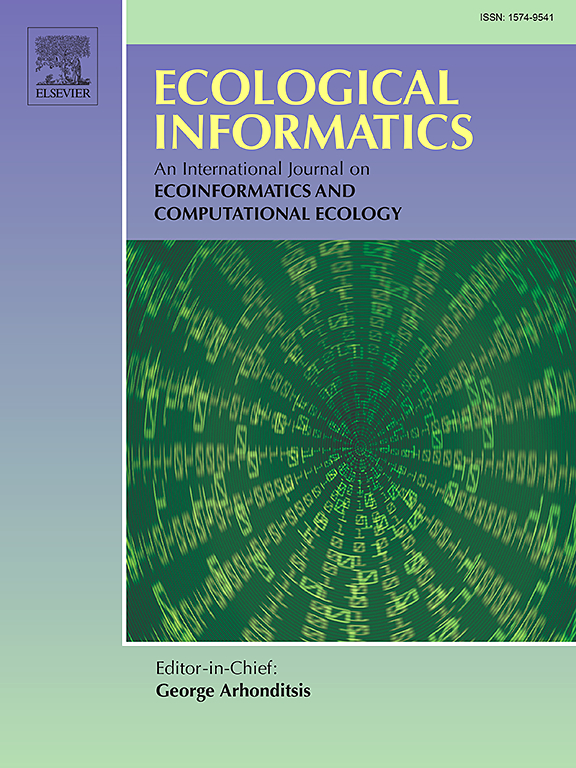Vegetation optical depth as a key predictor for fire risk escalation
IF 5.8
2区 环境科学与生态学
Q1 ECOLOGY
引用次数: 0
Abstract
Excluding direct consideration of vegetation dynamics reduces the accuracy in fire risk estimation. Satellite retrievals of vegetation dynamics can enhance the fire risk prediction when used as indicators of fuel water status and fuel load. However, the fire risk-vegetation relationship carries complexities as different mechanisms dominate during fire risk escalation and decline, with vegetation responding differently to each process. This study investigates whether vegetation parameters can be utilized in fire risk prediction in the absence of fire weather information, and how they can be utilized to effectively reflect on the fire risk increment from a minimum point, which is the concern in bushfire occurrence. Using the McArthur Forest Fire Danger Index (FFDI) as a measure of fire danger, a clear association with the satellite-observed vegetation optical depth (VOD) was noted for segments illustrating risk increment. An application over Australia showed clear improvements when incorporating VOD into a predictive model as compared to the use of fire risk persistence alone. On average, the VOD-induced predictive model exhibited better performance than the persistence model when evaluated over a 12-month lead span. The former model showed higher Nash-Sutcliffe efficiency (NSE) in 55.6% of pixels that indicated VOD causes FFDI. The latter performed better only in 18.2% of those pixels. Across the entire spatial domain, from the first to the ninth lead month, the VOD-induced model showed higher mean NSE (0.65 ± 0.23 to 0.52 ± 0.34) and lower or nearly equal mean root mean square error (RMSE) (4.6 ± 3.7 to 7.9 ± 5.4) than the persistence model. Our study provides insights on fire risk escalation in fire-prone regions in the absence of fire weather data. With further improvements, the proposed method can serve as a foundation for developing a novel forecast index solely based on time series data of fire risk and vegetation dynamics.

求助全文
约1分钟内获得全文
求助全文
来源期刊

Ecological Informatics
环境科学-生态学
CiteScore
8.30
自引率
11.80%
发文量
346
审稿时长
46 days
期刊介绍:
The journal Ecological Informatics is devoted to the publication of high quality, peer-reviewed articles on all aspects of computational ecology, data science and biogeography. The scope of the journal takes into account the data-intensive nature of ecology, the growing capacity of information technology to access, harness and leverage complex data as well as the critical need for informing sustainable management in view of global environmental and climate change.
The nature of the journal is interdisciplinary at the crossover between ecology and informatics. It focuses on novel concepts and techniques for image- and genome-based monitoring and interpretation, sensor- and multimedia-based data acquisition, internet-based data archiving and sharing, data assimilation, modelling and prediction of ecological data.
 求助内容:
求助内容: 应助结果提醒方式:
应助结果提醒方式:


